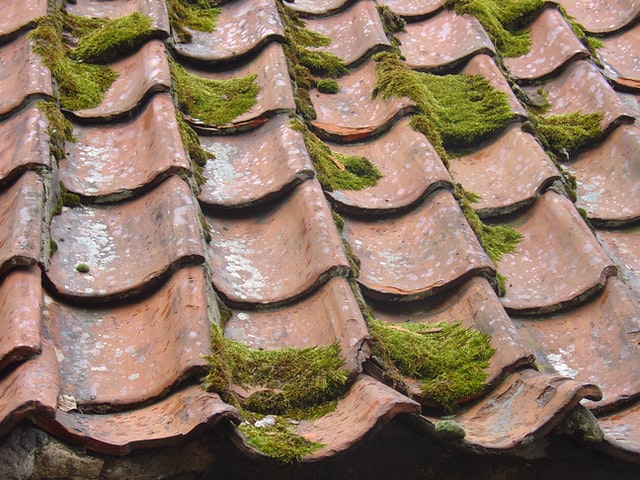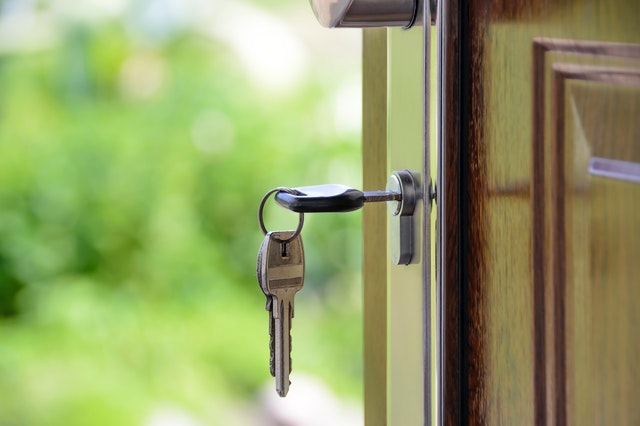If you feel like rent is burning a hole in your pocket, it may be high time to jump into the real estate market and buy your first home. The problem is that signing away your life’s savings for a down payment can be scary, especially if you do not know much about what to look for in a quality home.
Therefore, it is necessary to do some research prior to home shopping in order to avoid sinking your hard-earned savings into a money pit, with the following questions directed at your realtor a great place to start.
What Materials Were Used for Framing?
Many modern homes are built using tilt wall construction, which involves prefabricated panels being laid horizontally on the construction floor and erected into a wall by being pulled, or tilted up, by a large crane.
The majority of these homes use traditional wood framing or some other type of insulated wood panels. While prevalent, some common problems with wood framing include:
- Swelling and shrinking as moisture is absorbed and evaporated, causing minor shifts in a home’s structure
- Susceptibility to rot, mold, fire and termite damage
- Small cracks and crevices due to imperfections in the connecting process, undermining the framing as an air and moisture barrier during times of severe weather
While a realtor answering that a house has a wood frame construction is not necessarily the end of the world, buyers should give extra consideration to similar homes that are framed with insulated concrete forms (ICF). Among the advantages that ICF has over traditional tilt-up framing are:
- A solid, one-piece fabrication that offers no joints or seams for air or moisture to enter
- Elite thermal mass to regulate the interior temperature and help control HVAC costs
- Superior protection from fire and impervious to rot, mold, and insects
When was the Roof Last Replaced?

Hands down, the majority of homes are roofed with asphalt shingles, as asphalt does a decent enough job of protecting the home and matching with a wide array of siding options to provide pleasing curb appeal.
However, asphalt shingles typically lose their effectiveness in 15 to 20 years and perhaps faster for those roofs with heavy sun and/or rain exposure.
The problem is that the most common symptom of asphalt shingles on their last legs is the shedding of granules, which can be hard to notice from the sidewalk. Buying a home with degraded asphalt roofing can lead to problems ranging from elevated heating and cooling costs, at the least, to leaks that require expensive repairs, at the worst.
If your realtor replies that the roof is considerably older than 10 years, you will likely be looking at a roof replacement in the near future, which should be considered in the purchase price. Rather than making the mistake of re-roofing the home with asphalt that will eventually need to be replaced again, consider using synthetic F-wave shingles and pairing them with polyiso roof insulation. This set-up will protect the home from fire and UV damage while keeping utility costs at a minimum for the foreseeable future.
What Improvements Have Been Made to the Kitchen?
When touring homes, there is a good chance that the kitchen will be the first place that your realtor takes you upon entrance, as trendy kitchens have a way of sparking the imagination of buyers as they dream of the possibilities of a cooking space that surpasses their current situation.
Buyer beware, though: not all pretty kitchens are created equal. The following simple improvements can turn a kitchen from cumbersome to comfortable, so move a home up your list whose kitchen features any of these upgrades:
- Acrylic countertops made from solid surface materials. Far more classy than basic laminates and far less porous than marble or concrete, these countertops are ideal for homeowners who plan on hosting frequently and want an easy-to-clean surface that still makes a favorable impression
- Open shelving as opposed to closed cabinets. Many cabinets, especially those higher on the wall, are difficult to access for some people, and it gets annoying, and potentially damaging, to slam every door when you are in a hurry to find something
- Green appliances. Living a sustainable lifestyle is a high priority in 2020, so ovens and refrigerators that use less electricity and sinks and dishwashers that use less water are highly desirable
Matt Lee is the owner of the Innovative Building Materials blog and a content writer for the building materials industry. He is focused on helping fellow homeowners, contractors, and architects discover materials and methods of construction that save money, improve energy efficiency, and increase property value.
